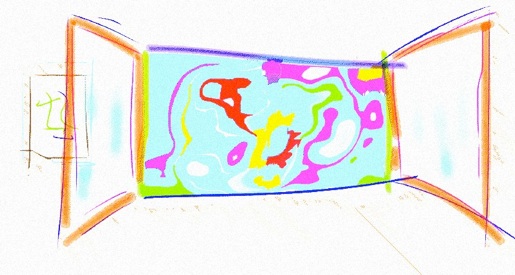Finestre ed epifanie nella poesia di Raymond Carver: Happiness, Rain, The Window
DOI:
https://doi.org/10.13130/2035-7680/4639Parole chiave:
Raymond Carver, Poetry, Epiphany, Windows,Abstract
What equates Raymond Carver’s poems Happiness, Rain and The Window is the fact that they are not “narrative” poems, but fragments of moments lived in front of a window. The poet records what he sees outside the house: the nature or common people interacting, and somehow they are images that give back to his inner eye truths or reflections of the sense of life itself, his and human kind’s. The visions that the window shows to Raymond Carver are epiphanies.
The three poems are equated not only by the presence of the window, but most of all by the same structure. The aim of the poet is to fix on paper the revelation he received from the image before the epiphany fades.
This paper will examine the three fundamental moments of these poems: the determination of the time and space, the epiphany, and the subsequent reflection on it. There will also be an analysis of Raymond Carver’s style and how it contributes to describe daily events, to convey to the reader a pure and distilled image of his visions.




